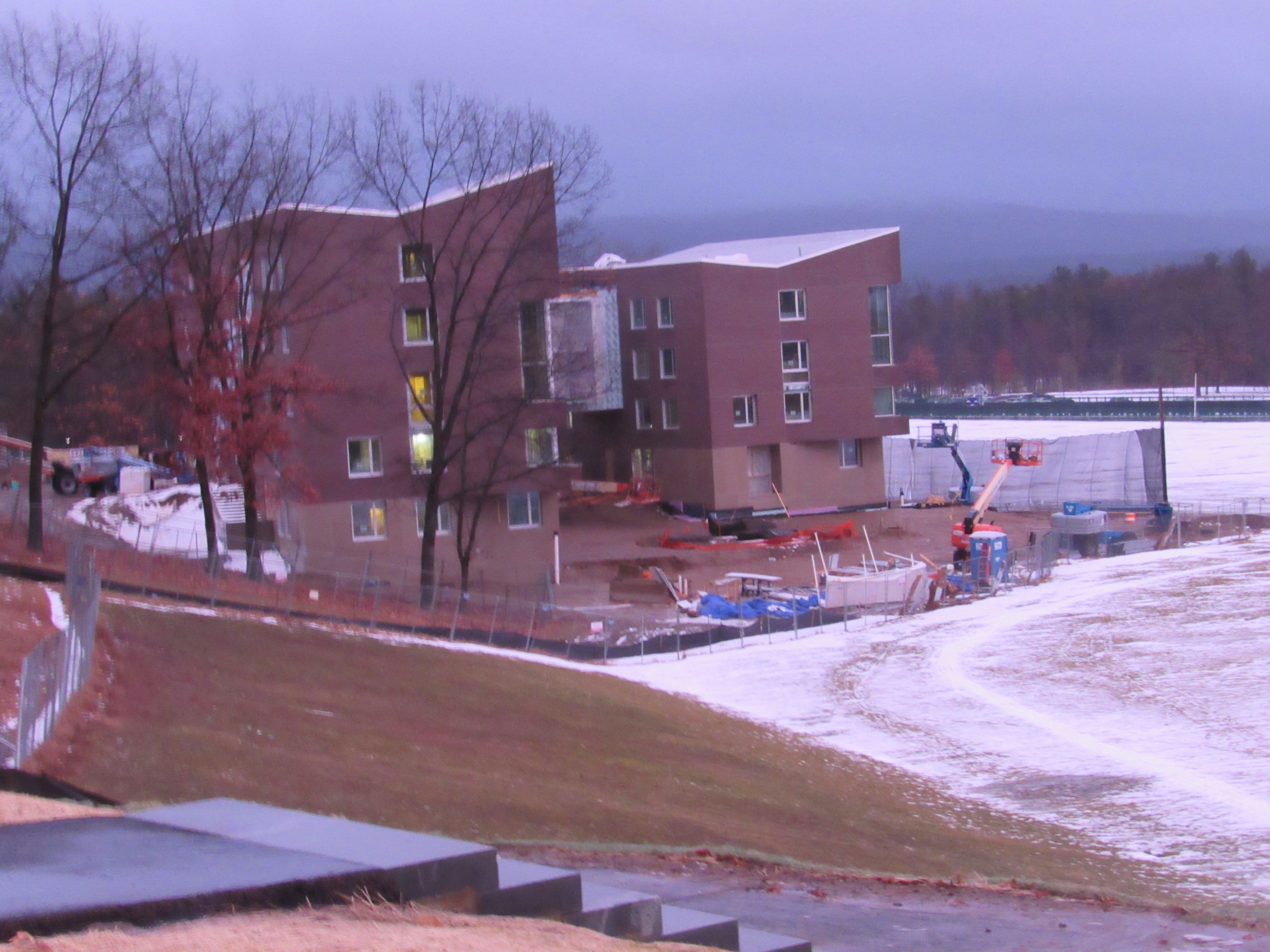

This March, the college will implement an overhaul of its annual housing application process. The application for students will take place through an online portal, which opened to students on Monday, Feb. 15.
The college purchased new software from the student housing solutions company StarRez in an effort to streamline the housing selection process for students and to keep track of the status of rooms and dormitories throughout the year. The process of implementing the new system began last July.
“It brings room draw into the 21st century,” associate director of residential life Corry Colonna said. “Once you get through the first couple of steps, it will be more like selecting a seat on an airplane than anything else.”
The seven-step online housing application for students who choose to participate in room draw includes a questionnaire on living habits and preferences for substance-free or gendered housing and restrooms. Each individual’s responses will be visible to other students. In previous years, only first-year students were asked to provide such information to the Office of Residential Life.
Previously, students participating in the three-night-long room draw were required to be present at Friedmann Room in the campus center at an assigned, randomized time, based on their ranking on the room draw list. With the new system, room draw will no longer require students to come to the campus center, as students may choose their desired room for the following year online.
Housing choices will be posted throughout every night of room draw as the new system does not have an online real-time ticker for room draw results.
Students who choose to opt out of room draw will participate in a shortened room draw process of their own, as will students returning from fall semester study abroad next spring, according to Colonna.
Room draw groups will be formed through the new online system and will be limited to six students per group. Colonna said that in the past, room draw groups could contain up to eight members because suites in the social dorms were designed to hold up to eight residents. However, the social dormitories will be torn down at the end of this semester, so there will be no more joint living spaces that can accommodate eight-person occupancy. The new cap on room draw sizes is designed to fit five- and six-person suites in Taplin and Jenkins.
Applications for summer housing, medical accommodations, off-campus and over-25 housing, theme houses and the Jenkins lottery will also be conducted through the new portal.
The new Greenway dormitories will have one and two-room doubles, as well as suites of four singles, two singles and a double and two doubles, with shared common space and bathrooms. Colonna said that he expects a balanced distribution of second-, third- and fourth-year students in the new dorms based on the variety of room types.
“Senior students aren’t going to want to live in a one-room double, most likely,” Colonna said. “On the night of room draw … if we start to see that the buildings are filling up quickly with all seniors, we have the ability, through the system, to put a hold on those buildings. It would open up the next night, and that way we will pick up some juniors, and so on.”
Other traditional aspects of room draw, such as using seniority to determine Living Unit Value and the order in which participants can choose their rooms, as well as the “Lip Sync” performance to give a few students the chance to choose rooms earlier, will remain unchanged. Student Housing Advisory Committee members will still assist with the housing selection process, including hosting dorm talks and staffing the Friedmann Room during the evenings of room draw.
“From what I’ve seen of the electronic system, it looks like it’s going to be a great improvement,” Marsh House residential counselor Yeva Berkovich ’18 said. “Corry showed it to the residential counselors last week and I was pretty impressed. I think it’ll make the whole process go smoother.”
According to Colonna, a major reason for the switch to an online system was to reduce mistakes and problems, mostly arising from human error in data entry, that have affected some students in the past.
Beyond the portal for housing selection and room draw that most students will use, additional features of the StarRez software are available to residential counselors and custodians. The system allows for electronic reporting of dorm damage or other issues such as problems with heating.
“We worked really hard, in this system, to mimic our [old] system,” Colonna said. “Because, in a lot of ways, it worked really well for us. And in some other ways, it was error-prone.”
So the class of 2017, already living in some weird post-fraternity, pre-branches limbo, who will never see a new science center, has a third of a chance of getting into the Greenway dorms? It's strange how, even at Amherst, a place where you expect to get let down, they still find ways to disappoint you. No one has a problem with King and Wieland being almost exclusively seniors. No one has a problem with MoPratt mostly housing sophomores. This damn administration needs to stop trying to socially engineer this campus at the expense of its students. I am sick of their out-of-touch, ill-informed meddling in the social life of the campus, again without any apparent input from its student body. Let 2018 and 2019 live in the new dorms when they have their second or third chance. The class of 2017 only gets one, and after the geniuses who run this system get their hands all over it, we'll get one-third.